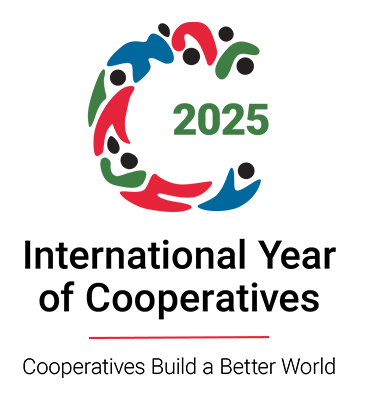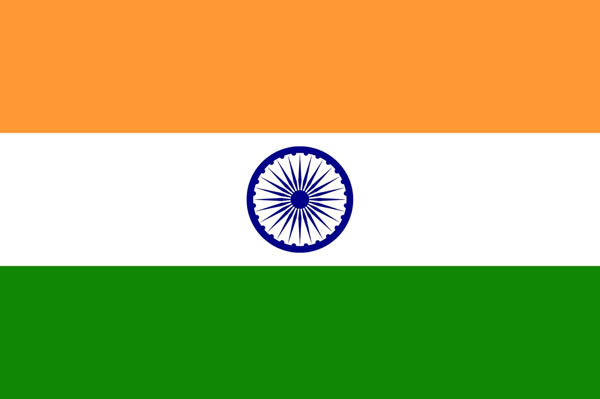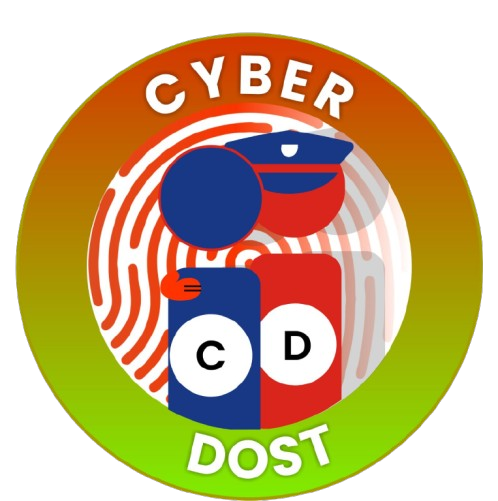Solar Energy
Solar Electrical Application:
Solar Photovoltaic Technology is employed for directly converting solar energy to electrical energy by the using “solar silicon cell”. The electricity generated can be utilized for different applications directly or through battery storage system. Solar PV has found wide application in rural areas for various important activities besides rural home lighting. Remote villages deprived of grid power can be easily powered using the Solar Photovoltaic technology. The economics of rural electrification can be attractive considering the high cost of power transmission and erratic power supply in the rural areas.
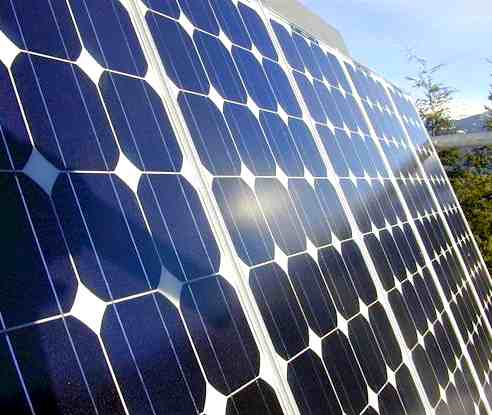
A roof top SPV system could be with or without grid interaction. In grid interaction system, the DC power generated from SPV panels is converted to AC power using power conditioning unit and is fed to the grid either of 11 KV three phase line or of 220 V single phase line depending on the system installed at institution/commercial establishment or residential complex. They generate power during the daytime which is utilized fully by powering the captive loads and feeding excess power to the grid as long as grid is available.
Non-grid interactive systems ideally require a full load capacity battery power back up system. However, with the introduction of advanced load management and power conditioning systems, and safety mechanisms, it is possible to segregate the day-time loads to be served directly by solar power without necessarily going through the battery back-up. As in the previous case of grid-interactive systems, minimum one hour of battery back-up is, however, strongly recommended for these systems also to enhance the performance reliability of the systems. The non-grid interactive system with minimum battery back are viable only at places where normal power is not available during daytime. In case the SPV power is to be used after sunshine hours, it would require full load capacity battery back up which will increase the cost of system which may not be economically viable even with support from Government.
There have been several initiatives from the Government of India to promote solar PV applications. From time to time the Ministry has implemented various schemes for demonstration and promotion of solar energy devices.
Jawaharlal Nehru National Solar Mission:
The National Solar Mission program was initiated by the Government as one of the eight programs under the National Action Plan for Climate Change by the Prime Minister of India in 2008. In the month of November 2009, the Mission document was released as the Jawaharlal Nehru National Solar Mission (JNNSM) and the Mission was formally launched by the Prime Minister of India on January 11, 2010. Apart from solar PV, the already existing technology in India, JNNSM also has the provision to develop solar thermal technology for large scale grid connected power plants.The proposed roadmap is as follows:
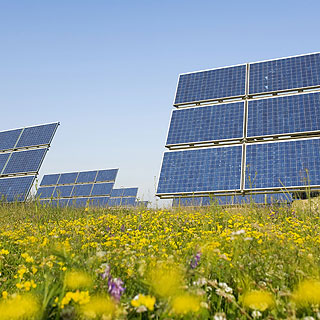
| S.No. | Application Segment | Target for phase-I(2010-2013) | Target for phase-II(2013-2017) | Target for phase-III(2017-2022) |
| 1. | Solar Collectors | 7 million sq meters | 200 MW | 1000-2000 MW |
| 2. | Off grid solar applications | 15 million sq meters | 1000 MW | 4000-10000 MW |
| 3. | Utility grid power, including roof top | 20 million sq meters | 2000 MW | 20000 MW |
The document emphasizes the development of grid-connected applications, by offering feed-in tariffs for the power producers. The feed-in tariff is proposed to be provided for a period of 25 years. JNNSM proposes to introduce Renewable Purchase Obligation (RPO) to promote the growth of this sector. NTPC Vidyut Vyapar Nigam (NVVN) Ltd. has been designated as the nodal agency for entering into a Power Purchase Agreement (PPA) with solar power developers. The solar power purchase obligation for States would start with 0.25% in Phase I and go up to 3% by 2022.
JNNSM also lays emphasis on development of decentralized and off-grid applications as a solution to power-related issues in remote areas where grid penetration is neither feasible nor cost effective. The Mission has set a target of 1,000 MW by 2017, reaching million households.
Realizing the increasing demand for skilled manpower for solar applications, JNNSM has drawn up a roadmap for manpower development at every level, with specialized courses on solar power – at engineering colleges, ITIs and a short term training module for technicians, in association with the Ministry of Labour.
Mandatory Use Of Solar Water Heating Systems:
| S.No | Programmes/Sector | Subsidy |
| 1. | Solar Photovoltaic (SPV) SPV lanterns SPV home lighting systems. SPV street lighting systems SPV standalone power plant of capacity > 1 kWp SPV standalone power plant of capacity > 10 kWp |
Rs.2,400 for NE and special areas; nil for other Rs.4500 to 8,600 for NE and special areas, and Rs.2500 to 4,800 for general areas, depending on model Rs.17,300 for NE and special areas Rs.9,600 for general areas Rs.2,25,000/kWp for NE and special areas Rs.1,25,00/kWp for general areas Rs.2,70,000/kWp for NE and special areas Rs.1,50,000/kWp for general areas |
| 2. | Solar Photovoltaic (SPV) applications in Urban Areas: SPV streetlight control systems SPV street/public garden lights(74/75 Wp modules) SPV illuminated hoardings(with maximum 1kWp SPV module) SPV road studs SPV blinkers (minimum 37 Wp module) SPV traffic signals (minimum 500 Wp module) SPV power packs (maximum 1 kWp module) |
25% of cost subject to a max. of Rs. 5000/- 50% of cost subject to a max. of Rs.10,000/- Rs.12,000/- for 11 W and 18 W CFL respectively 50% cost subject to a max. of Rs.15,000/100 Wp module 50% of cost subject to a maximum Rs. 1000/- 50% of cost subject to a maximum Rs. 7,500/- 50% of cost subject to a maximum Rs.2.5 lakh 50% of cost subject to a maximum Rs. 1.00 lakh per kWp |
| 3. | SPV water pumping systems | Rs.30/Wp of SPV array used, subject to a maximum of Rs.50,000 per system. |
Demonstration and Promotion of Solar Photovoltaic Devices/ Systems in Urban Areas & Industry:
Type of systems to be demonstrated/ promoted
Following systems/devices will be promoted in urban areas:
Systems mainly for electricity conservation:
- Solar street lights
- Solar traffic signals
- Solar blinkers
- Solar power packs/inverters
- Solar illuminating hoardings/ Bill boards
- Other systems of community use as felt necessary by Implementing Agencies
Systems for abatement of diesel & other fuel oil
- Roof top SPV systems with or without grid interaction
The systems other than roof top will be installed on demonstration basis in autonomous mode with grid acting as a stand by arrangement for charging the batteries through rectifier/inverter during cloudy/rainy days, if necessary. Retrofitting of existing conventional system with solar may be done to avoid high cost of installations wherever possible. Partial support in form of capital subsidy will be available for installation of these systems from the Ministry


 ऊर्जा दक्षता एवं नवीकरणीय ऊर्जा प्रबंधन केंद्र
ऊर्जा दक्षता एवं नवीकरणीय ऊर्जा प्रबंधन केंद्र 